Explore the benefits for using a continuous glucose monitor for optimal blood sugar balance and hormone health and my biggest takeaways from wearing a CGM as a non-diabetic.
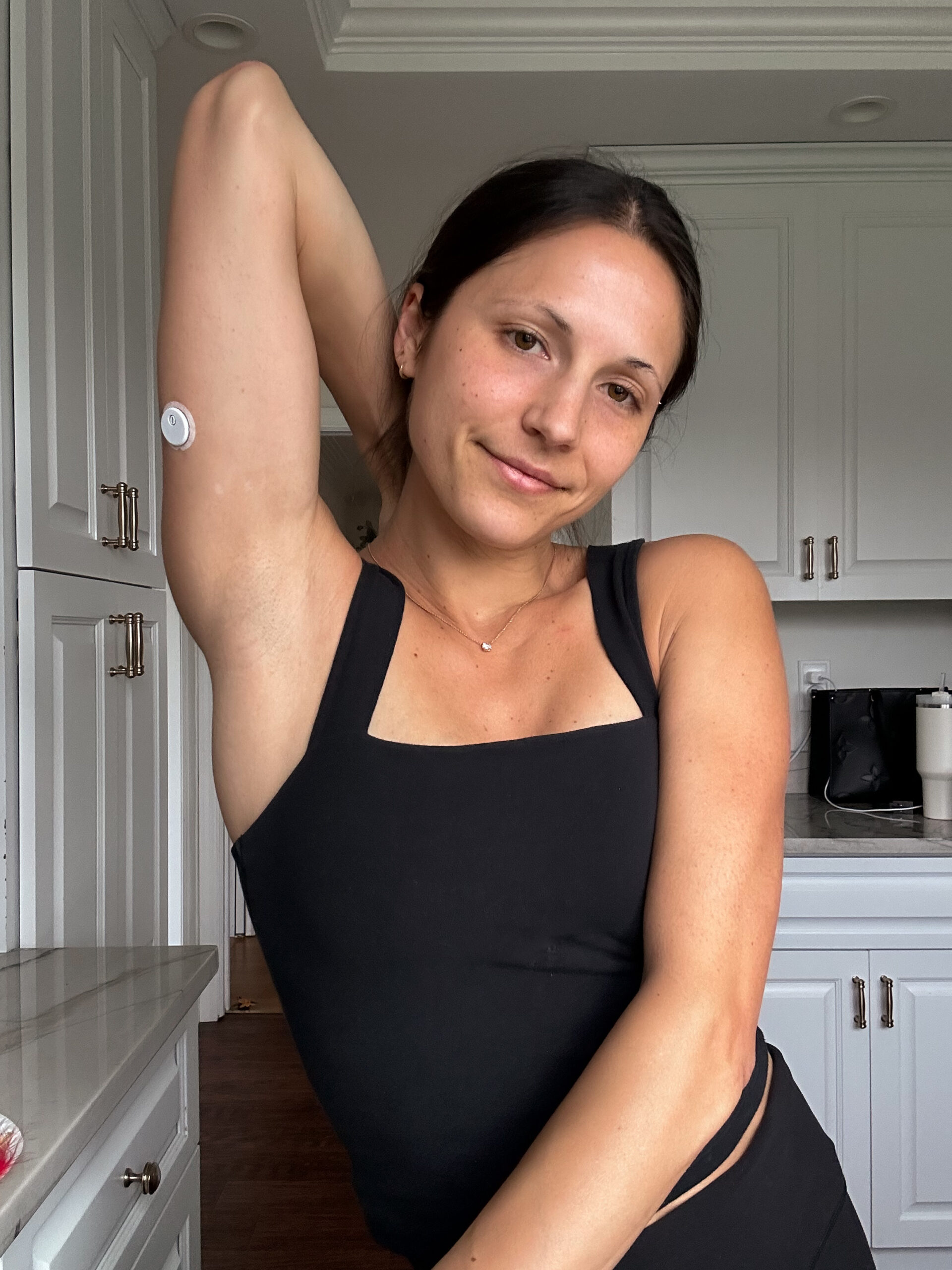
This post was created in partnership with the Veri app.
Blood sugar is a hot topic right now—and for good reason! More research is showing that blood sugar instability drives numerous symptoms many of us experience daily. These range from cravings, fatigue, and brain fog to more complex issues like hormonal imbalances, skin conditions, inflammation, and other chronic conditions.
If you’re dealing with a laundry list of symptoms or simply want to optimize your health, it starts with stabilizing your blood sugar. It’s one thing that truly everyone can benefit from doing. And the best way to monitor this? Using a continuous glucose monitor.
These wearable biosensors give a clear snapshot into your body’s unique blood sugar response to factors like what you eat, stress levels, exercise and sleep, and so much more. This is real-time data, and you can use it to make informed choices about your diet and lifestyle.
Let’s explore CGMs—why they’re beneficial, how to use them for hormone balance, and my experience with my favorite blood glucose monitor on the market (spoiler: it’s Veri!).
Use this link with the code VSM-NOURISHEDBYNUTRITION for 20% of your Veri CGM.
The Importance of Blood Sugar Balance
Blood sugar regulation isn’t just for those with diabetes or diagnosed metabolic conditions. It’s a universal key to health. Research shows that balancing your blood sugar levels can help with symptoms many of us experience daily or simply few as a normal part of aging. These include symptoms like cravings, constant hunger, fatigue, brain fog, hormonal and fertility issues, skin conditions, wrinkles, poor sleep, menopause symptoms, mental health symptoms, and immune system.By avoiding large blood sugar fluctuations, you reduce inflammation and slow down aging (aka glycation). Over time, this translates into reducing chronic conditions like lowering their risk for heart disease, Alzheimer’s, fatty liver disease, and cancer.
Understanding the Connection Between Blood Sugar and Hormones
Blood sugar dysregulation contributes to MANY hormonal symptoms such as irregular periods, anxiety, brain fog, feeling shaky, fatigue, and weight gain—the list goes on and on. This is why blood sugar balance is one of the first things that needs to be addressed to balance your hormones.
Here’s a little insight into how this happens: your blood sugar balance impacts the hormones insulin, cortisol, estrogen, progesterone, and testosterone. Balanced blood sugar is also vital for optimal gut and liver function. When your blood sugar is elevated, your body has to produce more insulin to move glucose out of the bloodstream and into your cells. But when insulin is constantly elevated it puts stress on the body. Over time, this can turn into insulin resistance, meaning your cells stop responding to the insulin in your blood. The result? Chronically high blood sugar and insulin levels.
The stress high blood sugar puts on the body causes a spike in cortisol (aka your stress hormone). This has a ripple effect on other hormones, especially progesterone, which can lead to symptoms like heavy periods, migraines, anxiety, acne, PMS, estrogen dominance, endometriosis, and more. High cortisol levels also increase blood sugar, making it a vicious cycle!
Your ovaries also have insulin receptors! When insulin is chronically high, it can cause the ovaries to produce more testosterone. This can impact ovulation by delaying it–or even causing it to stop completely. Elevated blood sugar is, more often than not, the root cause of issues like PCOS and irregular periods.
Signs of Blood Sugar Imbalance
-
- feel sleepy after eating
- need coffee or crave sweets at 2-3 pm every afternoon
- hard time staying asleep at night
- feel shaky in between meals
- you get “hangry”
- often feel lightheaded/dizzy
- sugar and carb cravings are out of control
- mood imbalances, brain fog, anxiety
- hormone imbalances like PCOS and PMS
Using Veri Continuous Glucose Monitor for Blood Sugar Balance
Since every individual has a unique blood sugar response (p.s. It can change throughout different seasons of life based on stressful events, sleep, etc.), using a continuous glucose monitor is the best way to understand your bio-individuality.
What is a CGM?
A continuous glucose monitor (CGM) is a wearable device that provides real-time blood sugar data by inserting a sensor just under the skin that reads glucose levels in the interstitial fluid. The sensor transmits glucose levels to your phone so you can see your levels in real-time, and a graph shows how your levels fluctuate throughout the day.
While there are several different brands of CGM out there, the Freestyle Libre 3 is the smallest and thinnest CGM sensor available. Unlike other CGM sensors, which require scanning the sensor with a reader or smartphone, the Libre 3 is a real-time continuous glucose monitor (CGM). It uses Bluetooth technology to automatically transmit glucose data every minute to either a smartphone or the optional reader. It’s about the size of two U.S. pennies stacked on top of each other and trusted for its ease of use, accuracy, and accessibility.
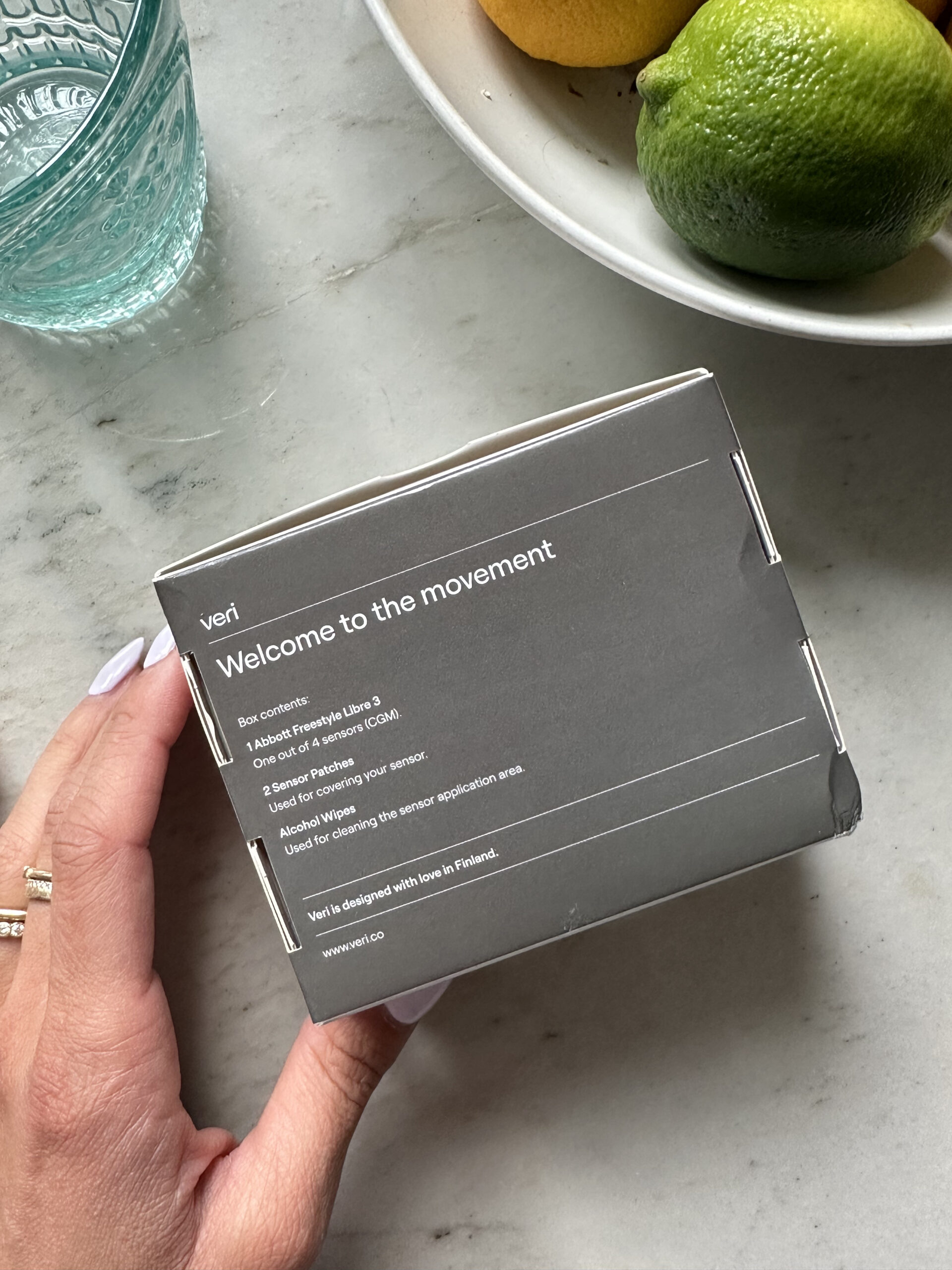
How the Veri app optimizes your CGM data
Now let me tell you about my favorite way to interpret your CMG data–it’s the Veri app.
With the Veri app, you can monitor your blood sugar and translate it into insights about your metabolic health. The app focuses on the important habits for metabolic health: food, exercise, sleep, and stress.
Here’s how it works. Veri pulls your blood sugar data from the CGM and connects it with food, sleep, and activity data so you can see a holistic picture of your health. Put it’s more than that. Veri empowers you through the evidence-based program that provides the guidance you need to find the right foods for you, stabilize your blood sugar levels, and achieve your health goals.

When you start wearing a CGM, you’ll be able to clearly see which lifestyle habits are helping—or hurting—your health. For example, you might discover that your afternoon workout improves your insulin sensitivity and keeps your blood sugars stable after dinner.
On the other hand, you may realize coffee on an empty stomach or that bowl of oatmeal is seriously spiking your blood sugar levels, causing that mid-morning brain fog and fatigue you always feel at work. You can take these learnings and experiment with breakfasts that stabilize your glucose and energy levels.
The beauty of wearing a CGM allows you to tap into your body’s specific needs and understand what works best for your unique biological makeup. It allows you to break free from one-size-fits-all diets and find a sustainable way to tap into lifestyle habits that work best for you.

Normal Blood Sugar Ranges
For those without diabetes, these are considered the normal ranges for blood sugar levels. It’s also what the Veri app and your CGM uses to set parameters for your blood sugar. Some healthcare professionals prefer a tighter range for fasting glucose (72-85 mg/dL) and post-meal glucose peak (<110 mg/dL), but I find this very difficult for most to achieve without a strict low-carb diet (which I don’t recommend for most women).
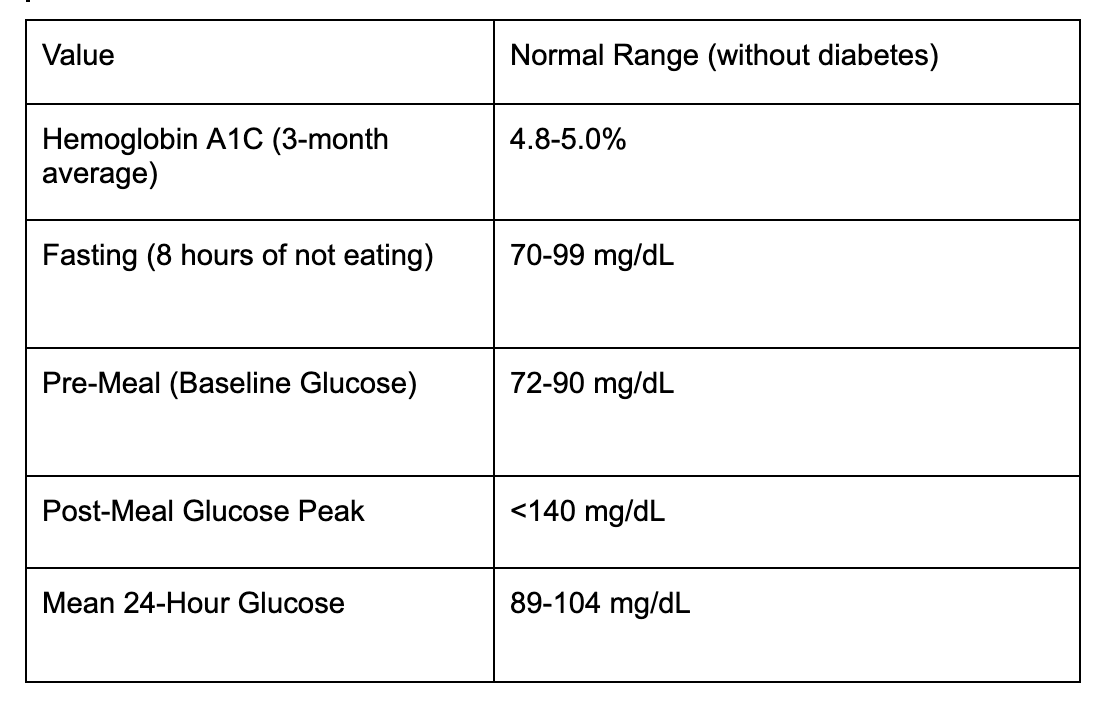
Which is Better: a CGM or Glucometer?
The only way to get a clear picture of your blood sugar is with a CGM. This will give you feedback that’s more insightful than that data you can collect from a glucometer. Plus, monitoring your blood sugar with a glucometer can be tedious since it requires finger pricks multiple times a day, including pre-meal time and again one and two hours post-meal. But even then, you’re not getting the full picture of your glucose curve.
For example, if your meal spikes rapidly, peaking before the 1-hour mark, then starts to drop quickly, you’d miss the extent of the spike while thinking your blood sugar was well within the normal range if you only tested 1-hour post-meal. While this is a sign your insulin function is working well, we know that when large glucose spikes happen consistently, this can wear on our pancreas and cells, increasing the chances of becoming insulin resistant.
Using a CGM like Veri, you get real-time feedback showing your glucose fluctuations 24 hours a day. You can better understand how your body responds to foods and lifestyle factors so you can make adjustments to keep your blood sugar within the normal range.
Personal Experience Using Veri
I like to think of Veri as my accountability partner. I’ve used it regularly to check in with my body and see how my blood sugar stability changes throughout different seasons of life. For example, the 3 and 6 months postpartum, the holiday season, and just weeks when I have a lot on my plate and stress is high.
It was eye opening to see how the foods I eat regularly affect my blood sugar, especially on different days when I’m lacking sleep or stressed. Using Veri has also helped me tune into my body better, allowing me to understand how subtle feelings like fatigue, a slight buzz, feeling shaky or irritable or cravings are actually signs of blood sugar spiking or crashing.
These are some of the biggest takeaways I’ve seen using the Veri app.
- Coffee and caffeine – for some people the presence of caffeine can impact the stress hormone cortisol. This can look like a spike from the caffeine even on an empty stomach or a larger spike at the meal following the caffeine. For me, drinking coffee on an empty stomach before food caused a higher blood sugar spike with my food post-coffee vs. the spike I got with the same food when drinking coffee with or after.
- Move after a meal – putting your muscles to work after a meal drastically reduces how high your blood sugar will spike after a meal. This could look like a walk outside, picking up around the house, doing a flight of stairs at the office, etc. I notice a steadier glucose rise or my glucose would start to lower with a post meal walk.
- Fiber and protein – these nutrients are key for creating stable blood sugar and a steady glucose curve. The more fiber and protein in comparison to carbs, the better my blood sugar stability. Seeing this helped me prioritize my meals around fiber-rich veggies and at least 30 grams of protein, especially when enjoying carbohydrates.
- Order can make a difference – eating your meal in a specific order impacts how your blood sugar rises. Eating the foods rich in fiber and protein before you enjoy your carbohydrates acts as a buffer during the digestion process. This slows down absorption of glucose creating a steadier rise and overall reduction in your glucose spike. I learned that starting my meal with a salad or veggies is an easy way to do this without much effort.
- Sweets after a meal – sweets (even those made with real sugar!) have a much healthier blood sugar response when consumed after a balanced meal. I noticed that if I had a lower-carbohydrate meal that focused on lots of fiber and adequate protein, having a dessert like a cookie or ice cream didn’t cause a noticeable spike in my blood sugar. I still like to minimize my sugar intake but I love knowing how to incorporate them without impacting my blood sugar and also in a way that leaves me feeling good.
- Apple cider vinegar before a meal – this simple practice was so impactful for me. Research shows that taking one tablespoon of vinegar before a meal can reduce a glucose spike from that meal by 30%. You can do this before each meal but I found it the most helpful to do before a more carbohydrate-heavy meal or at the beginning of the day.
- STRESS is huge!!! – I didn’t fully understand the impact stress has on blood sugar until I wore a CGM. This was by far the most noteworthy takeaway because so much of what we focus on with blood sugar is food. But seeing how mental and emotional stress can affect blood sugar made it apparent how big of an impact it really has. For example, being in a stressful state causes blood sugar averages to remain higher throughout the day and when a stressful event happens (for me a screaming toddler or meltdown in the middle of Target) leads to a glucose spike without eating anything.
- Lack of sleep – this is another area that was eye opening for me. When I was waking up throughout the night with my newborn, my fasting glucose and blood sugar stability was significantly impacted. I also see this on nights where I get less sleep or poor quality sleep. My fasting blood sugar is higher, my blood sugar spikes at meal times are higher even with a balanced meal and my overall blood sugar averages higher throughout the day.
Benefits of Veri CGM for Hormonal Health:
If you’re struggling with your hormonal health, it’s time to consider using a CGM to get a look at your blood sugar. There’s no denying, blood sugar is the foundation for hormone balance. Many hormonal conditions including PCOS, estrogen dominance, PMS, cravings, mood swings, brain fog, anxiety are all correlated with poor blood sugar management.
By using Veri CGM you can see in real time your blood sugar data, which allows you to identify what daily habits, specific foods or meals you’re consuming are working–or not working–for you! It can help you learn how pairing foods can support energy levels and how poor sleep decreases insulin sensitivity, making you crave sugar and jump on a blood sugar roller coaster for the rest of the day. Once you identify your patterns, you can make the shifts you need to better support your unique body and hormone balance.
Practical Tips for Using Veri CGM to Support Hormone Balance
Using a CGM is the only way to get real-time feedback from your diet and lifestyle. I genuinely think that CGM are the way of the future, since blood sugar is often the root cause of metabolic and hormonal conditions. If you’re looking to get started using Veri CGM for insight into your blood sugar and hormone balance, here are a few key areas to pay attention too.
- Menstrual cycle – your blood sugar stability will fluctuate with your menstrual cycle. The body can’t handle stress as well during the luteal phase when progesterone production is happening. You may notice higher fasting blood sugar or greater glucose spikes. Opting for more complex carbs and incorporating fiber can help with better blood sugar stability and help with some of the other symptoms that show up during this phase like constipation, bloat, cravings, etc.
- Workouts – while moving your body is one way to lower blood sugar, certain types of exercise like intense exercises, cardio, HIIT or strength training can cause stress hormones to release signaling to your liver to release glucose to fuel your workout. This will show up as a glucose spike on your CGM. Your blood sugar can also rise during any workout depending on the length, intensity and your body’s need for glucose. While this isn’t a bad thing, if you’re having hormonal issues related to stress or hypothalamic amenorrhea it may be something to pay attention to in order to lessen the amount of stress on your body.
- Carb tolerance – understanding the amount of carbohydrates your body can handle and how types affect YOU makes it so much easier to eat in a way that serves you best and helps you heal. This can be incredibly helpful if you have insulin resistance, PCOS, or are struggling with PMS and weight.
- It’s not all or nothing – remember the goal isn’t to get rid of glucose spikes all together. Your body needs carbohydrates. It’s about becoming more aware of your unique body and blood sugar respone so that you can make a more empowered choice when it comes to fueling your body and healing your hormones.
Final Thoughts:
The foundation to hormone balance starts with blood sugar balance. Understanding your unique blood sugar response is easier than ever with a CGM and the Veri app. I genuinely think this is the way of the future for educating and accountability. It can be difficult to get in touch with how food and lifestyle factors make us feel but when we have real-time feedback from a CGM, it takes the guesswork out of the equation. You can make nutrition and lifestyle choices that are unique to your body. This allows you to not only address your hormone imbalances from a root cause but also lets you fall in love with the habits that make you thrive.
Use this link with the code VSM-NOURISHEDBYNUTRITION for 20% of your Veri CGM.

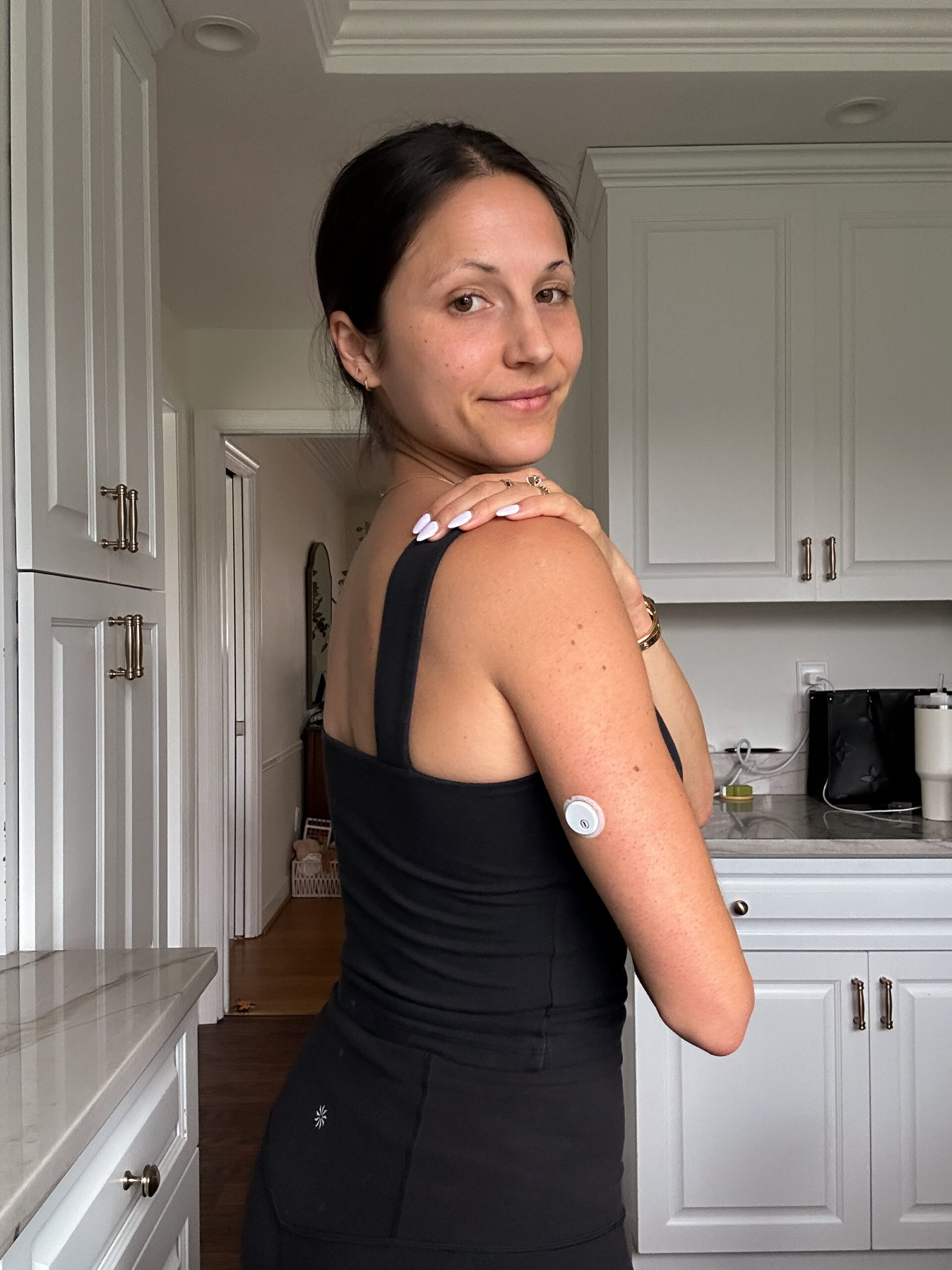
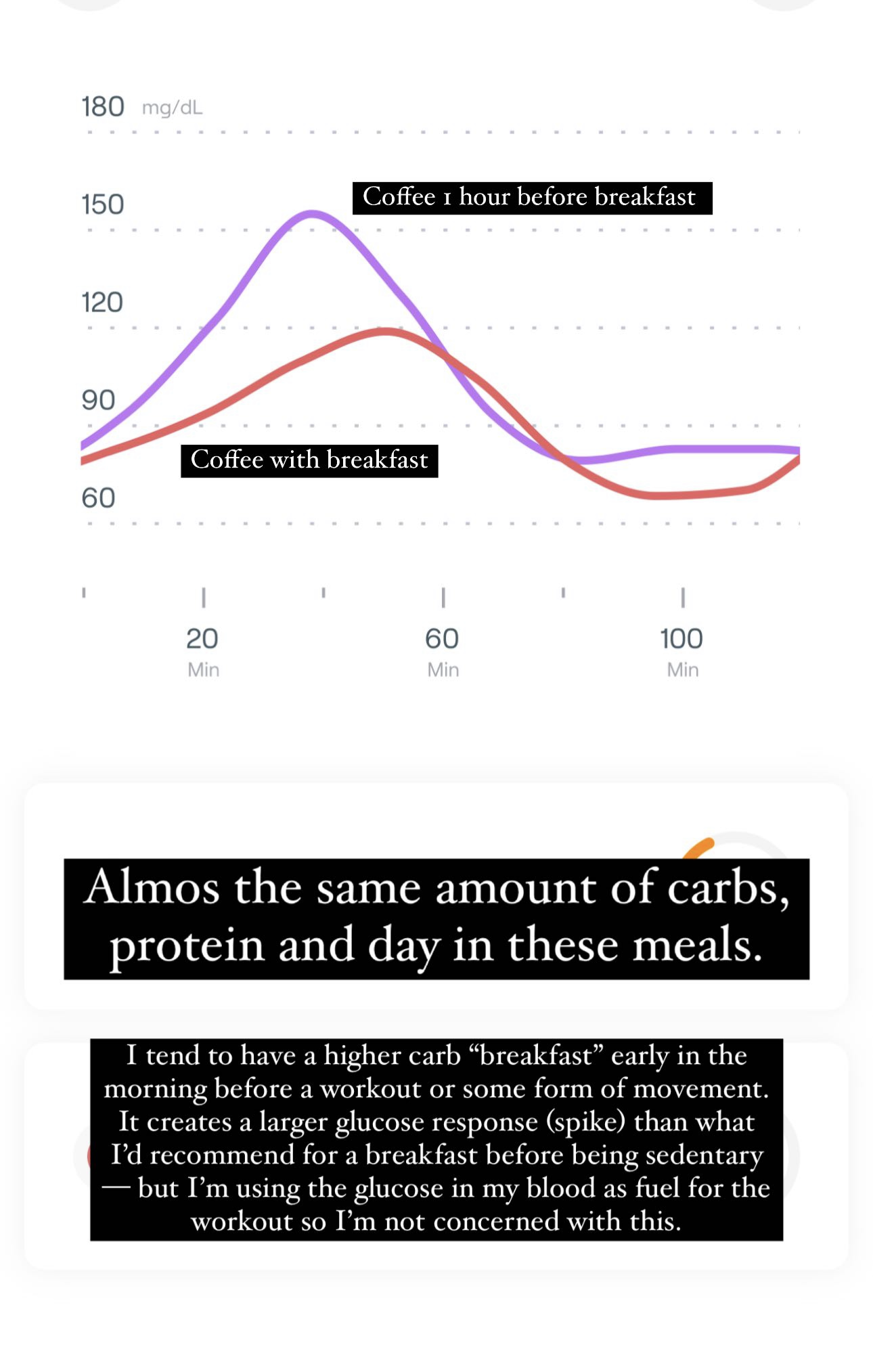


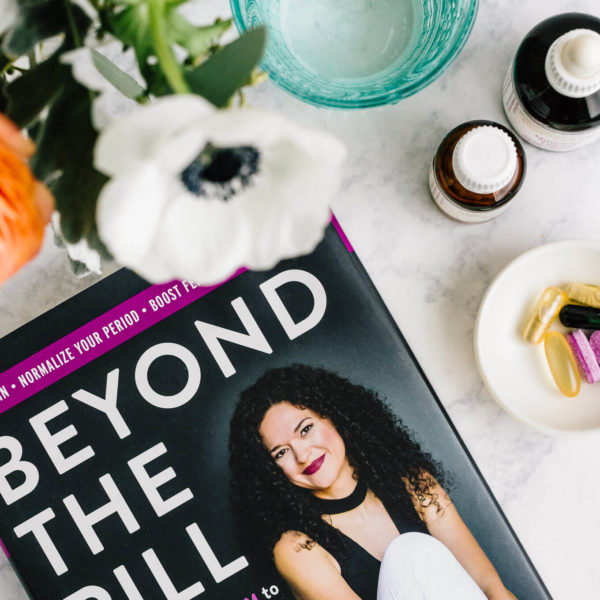
Comments (0)